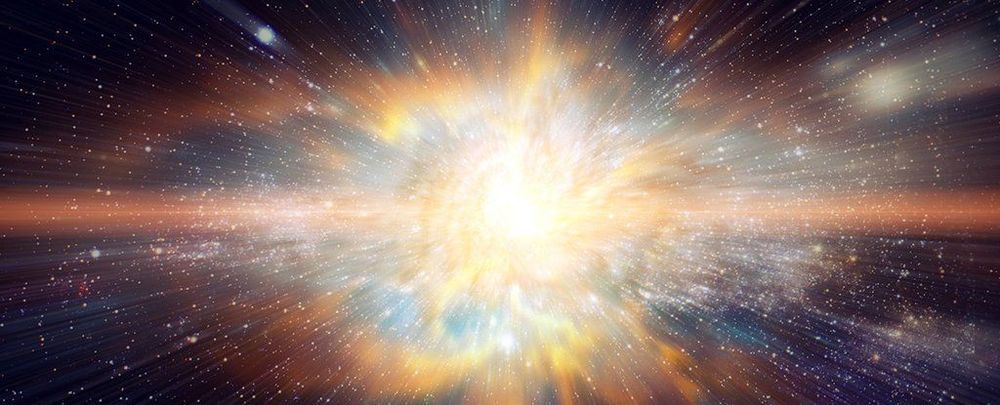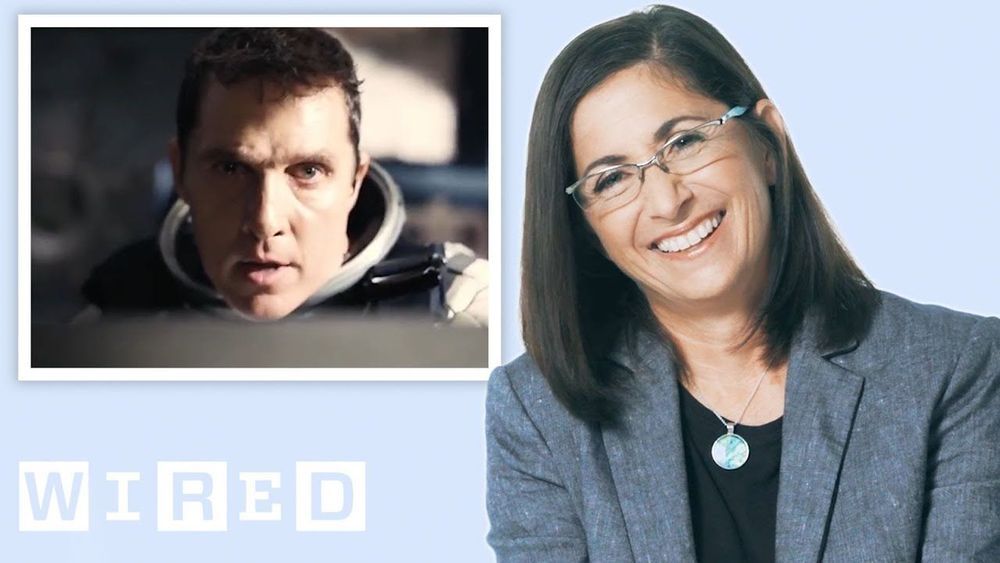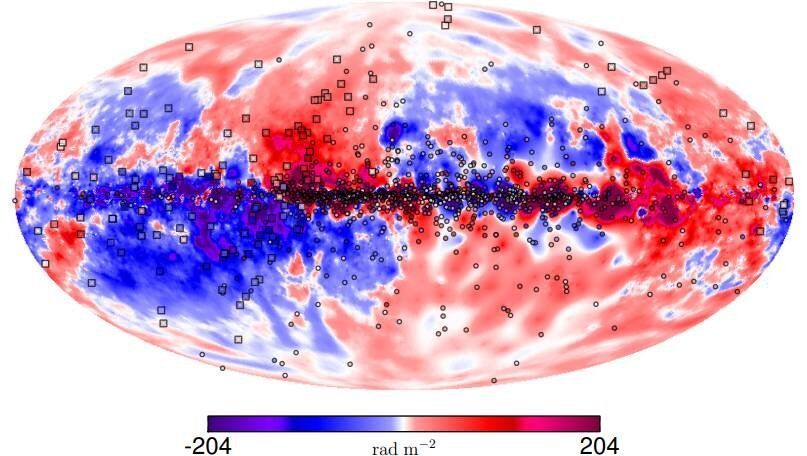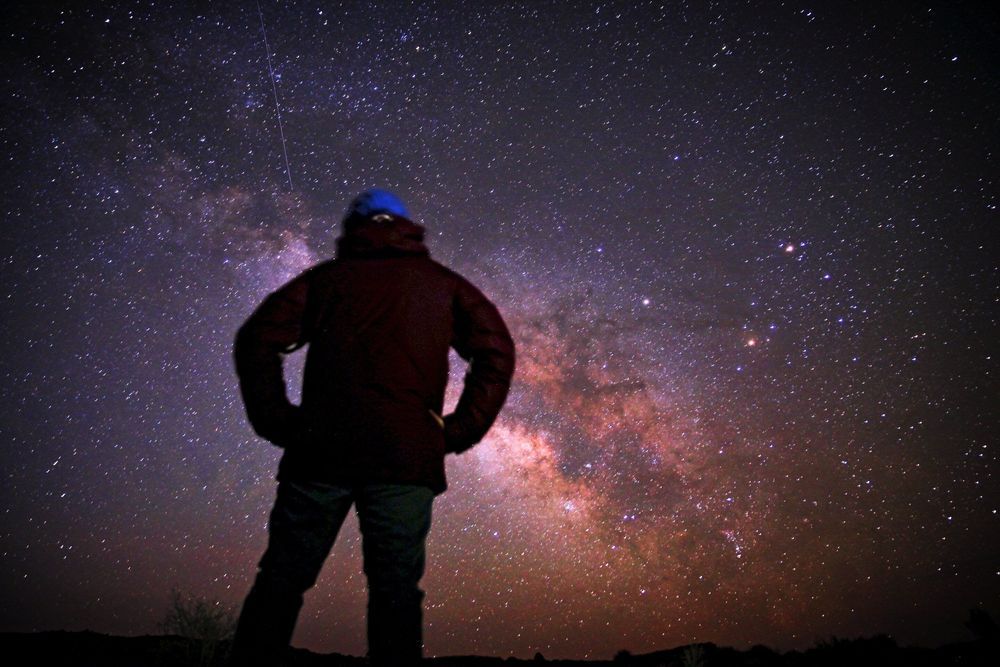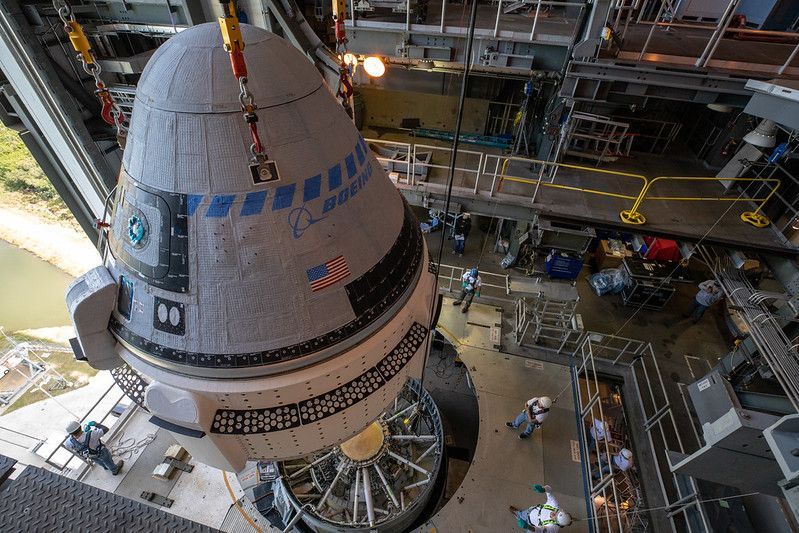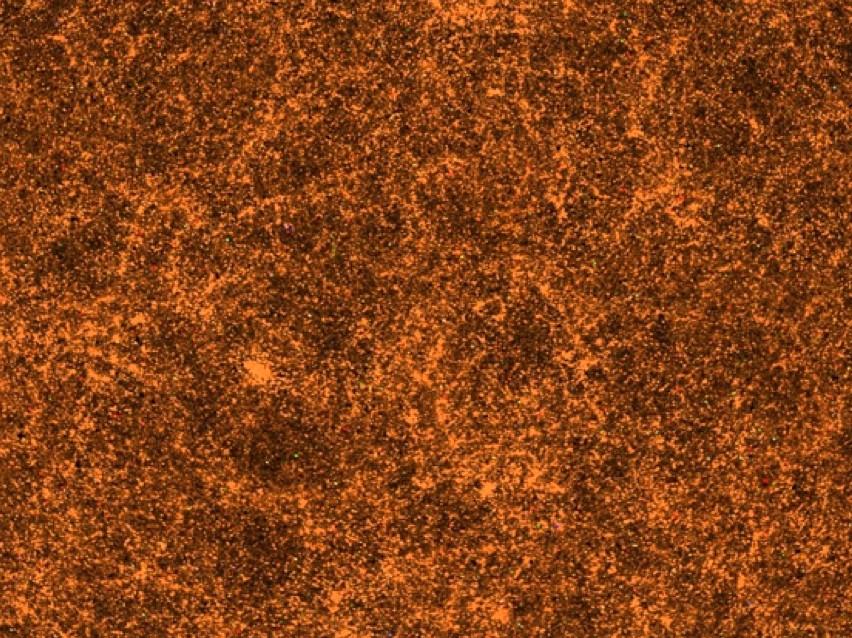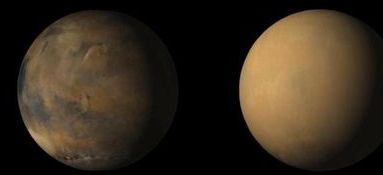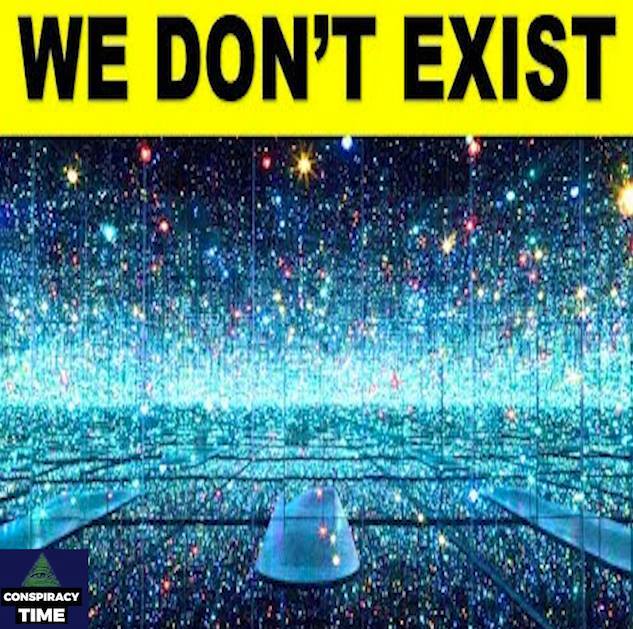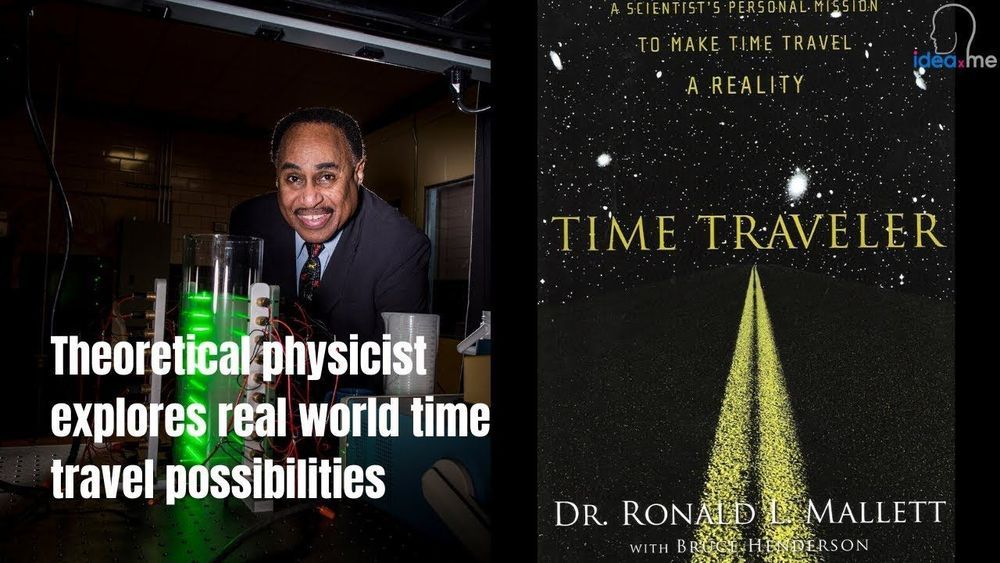A team of scientists working with the Murchison Widefield Array (WMA) radio telescope are trying to find the signal from the Universe’s first stars. Those first stars formed after the Universe’s Dark Ages.
Category: space – Page 778
NASA astronaut Nicole Stott examines scenes depicting space from movies and television and breaks down how accurate they really are. What actually happens when your helmet cracks in space like in Total Recall? Are the spacewalks in Gravity realistic? Could there really be AI on a space station like in 2001: A Space Odyssey?
Still haven’t subscribed to WIRED on YouTube? ►► http://wrd.cm/15fP7B7
Get more incredible stories on science and tech with our daily newsletter: https://wrd.cm/DailyYT
Also, check out the free WIRED channel on Roku, Apple TV, Amazon Fire TV, and Android TV. Here you can find your favorite WIRED shows and new episodes of our latest hit series Tradecraft.
ABOUT WIRED
WIRED is where tomorrow is realized. Through thought-provoking stories and videos, WIRED explores the future of business, innovation, and culture.
NASA astronaut breaks down space scenes from film & TV | WIRED
Astronomers from CSIRO and Curtin University have used pulsars to probe the Milky Way’s magnetic field. Working with colleagues in Europe, Canada, and South Africa, they have published the most precise catalogue of measurements towards mapping our Galaxy’s magnetic field in 3D.
The Milky Way’s magnetic field is thousands of times weaker than Earth’s, but is of great significance for tracing the paths of cosmic rays, star formation, and many other astrophysical processes. However, our knowledge of the Milky Way’s 3D structure is limited.
Dr. Charlotte Sobey, the lead author of the research paper, said “We used pulsars (rapidly-rotating neutron stars) to efficiently probe the Galaxy’s magnetic field in 3D. Pulsars are distributed throughout the Milky Way, and the intervening material in the Galaxy affects their radio-wave emission.”
In 1900, so the story goes, prominent physicist Lord Kelvin addressed the British Association for the Advancement of Science with these words: “There is nothing new to be discovered in physics now.”
How wrong he was. The following century completely turned physics on its head. A huge number of theoretical and experimental discoveries have transformed our understanding of the universe, and our place within it.
Don’t expect the next century to be any different. The universe has many mysteries that still remain to be uncovered—and new technologies will help us to solve them over the next 50 years.
Boeing’s Starliner spacecraft, which is supposed to carry astronauts to the International Space Station in the near future, met its United Launch Alliance Atlas V rocket for the first time on Nov. 21.
When people learn the Universe is expanding, they want to know where the center is. The ‘answer’ isn’t what they expect.
Between the solar wind stripping its atmosphere and these horrific dust towers bleeding its water into space, Mars may not have ever had a chance at a stable climate.
NASA reports that these are the result of observations by NASA’s Mars Reconnaissance Orbiter’s heat-sensing Mars climate sounder instrument which can easily penetrate this dusty haze.
We’re not yet able to understand how much these towers contributed to Mars’ past water loss, David Kass, a planetary scientist at NASA Jet Propulsion laboratory and the Mars Climate Sounder instrument’s principal investigator, told me by phone. But they are telling us that the simple extrapolations that we were doing before to explain Mars’ water loss has limitations, he says.
And even though Mars’ atmosphere is roughly equal to only one percent of Earth’s, Kass said the dust is able to reach high altitudes because it is extremely fine.
Universe Conspiracies
Posted in space
Over a dozen countries have started their own space agencies in the last decade, a trend driven in large part by the expansion of the commercial sector.
Ira Pastor, ideaXme exponential health ambassador, interviews Dr. Ronald Mallett, Professor Emeritus, Theoretical Physics, Department of Physics at the University of Connecticut.
Ira Pastor Comments:
Time travel is the concept of movement between certain points in time, analogous to movement between different points in space, by an object or a person, typically with the use of a hypothetical device known as a time machine.
Time travel is a widely recognized concept in philosophy and fiction and the idea of a time machine was originally popularized by H. G. Wells’ 1895 novel The Time Machine.
Forward time travel, outside the usual sense of the perception of time, is an extensively observed phenomenon and well-understood within the framework of special relativity and general relativity and making one body advance a few milliseconds compared to another body has been demonstrated in experiments comparing atomic clocks on jets and satelites versus the earth.
As for backward time travel, it is possible to find solutions in general relativity that allow for it, in a theoretical system known as a “closed timelike curve” (sometimes abbreviated CTC), which is where the world line of an object (the path that an object traces in 4-dimensional space-time) follows a curious path where it eventually returns to the exact same coordinates in space and time that it was at previously. In other words, a closed timelike curve is the mathematical result of physics equations that allows for time travel to the past.
